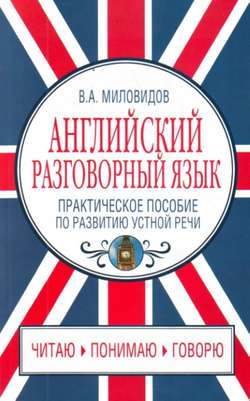Читать книгу Английский разговорный язык. Практическое пособие по развитию устной речи - В. А. Миловидов - Страница 13
На сайте Литреса книга снята с продажи.
2. Экономические учения
(Economics)
Monetary Policy
ОглавлениеMonetary policy is the most important instrument of government policies. It is carried out by the central bank whose actions are affecting economic activity.
Monetary policies are on the demand side of macroeconomics. They stimulate or discourage spending on goods and services. Monetary policy is used to damp, perhaps even eliminate, fluctuations in aggregate demand. It is not a supply-side instrument. Central banks have no tools to affect productivity and real economic growth.
If a central bank is carrying out expansionary monetary policy, the aggregate spending (purchase of goods and services by consumers, businesses, and governments) increases. In its turn, these new demands raise output and employment, as well as prices. They also speed up inflation.
A central bank is usually called a «bankers' bank», whose customers are not ordinary citizens but commercial banks, savings banks, savings and loan associations, and credit unions. They hold deposits in and borrow from the central bank and are supposed to follow the central bank's reserve requirements and other regulations.
Banks are to hold reserves equal to prescribed percentages of their deposits. These reserves are regularly tested, reserve tests being the main tool of monetary policy. In order to pass the reserve tests commercial banks need the central bank's funds, and so, the latter controls the supply. To acquire reserve balances banks sell their securities to the central bank. In other cases the central bank can extinguish reserve balances by selling its securities to commercial banks. These open-market operations are the instrument of monetary policy. The central bank open-market operations are interventions in this market.
Another tool of central bank policy is the setting of the discount rate. Money rates are costs of funds that the banks can lend to their customers. When discount rates go up, commercial banks have to raise their lending rates. The commercial banks' customers then borrow and spend less, which affects business throughout the economy. So, controlling money markets and banks, the central bank influences the whole financial system, this influence affecting the national economy in general.
Слова и выражения:
damp – угнетать
eliminate – уничтожать, искоренять
expansionary – экспансионистская
extinguish – уничтожать, гасить
latter – последний
(из упомянутых)
lend – ссужать, давать взаймы
ordinary – обычный, ординарный
test – тест; тестировать
demand side – относящийся к спросу (букв.: стороне спроса)
supply-side – относящийся к предложению
speed up – ускорять(ся)
savings bank – сберегательный банк
savings and loan association – кредитно-сберегательная ассоциация
credit union – кредитный союз
hold deposits – держать депозиты
reserve requirements – резервные ограничения
equal to prescribed deposits – равный предписываемому объему депозитов
in other cases – в других случаях
open-market – относящийся к открытому рынку
interventions – интервенции
discount rate – ставка рефинансирования
Exercise 4
Answer the questions:
1. What financial institution is monetary policy carried out by?
2. What side of macroeconomics (the demand or the supply side) are the monetary policies on?
3. What is the main objective of the monetary policy?
4. What happens in case a central bank carries expansionary monetary policy?
5. What financial institutions are a central bank's customers?
6. What is a reserve test?
7. What do commercial banks have to do in order to acquire reserve balances?
8. How can a central bank extinguish reserve balances?
9. What is a discount rate?
10. How does the setting of the discount rate affect the national economy?
